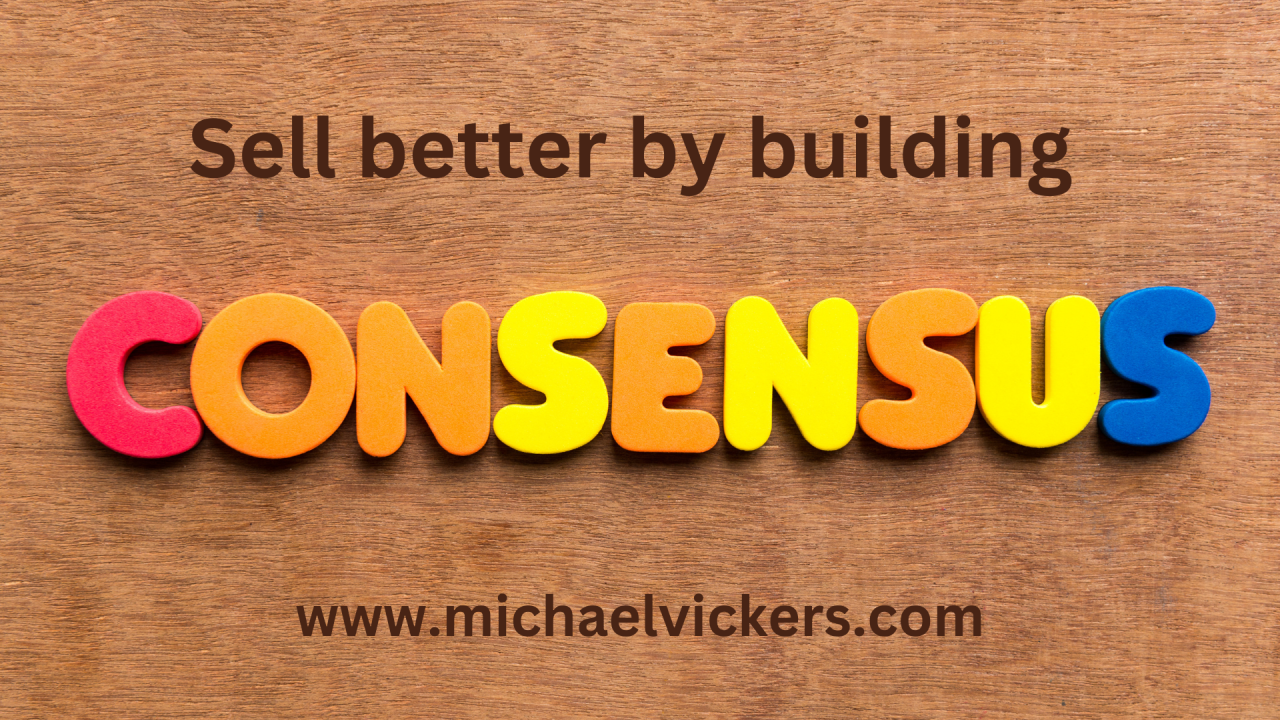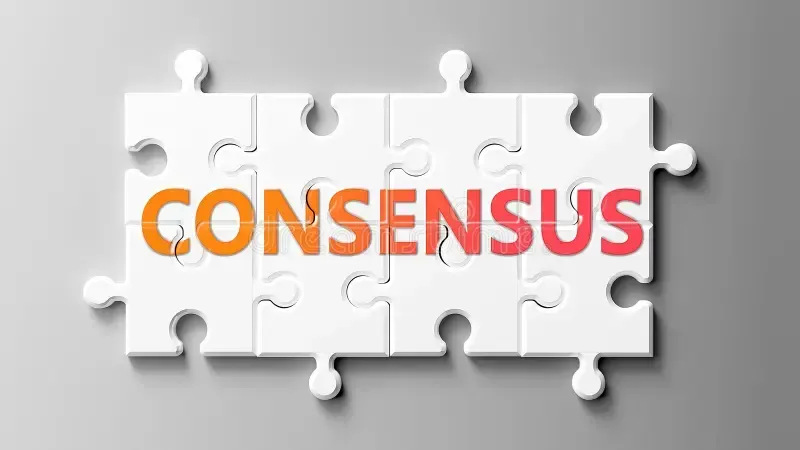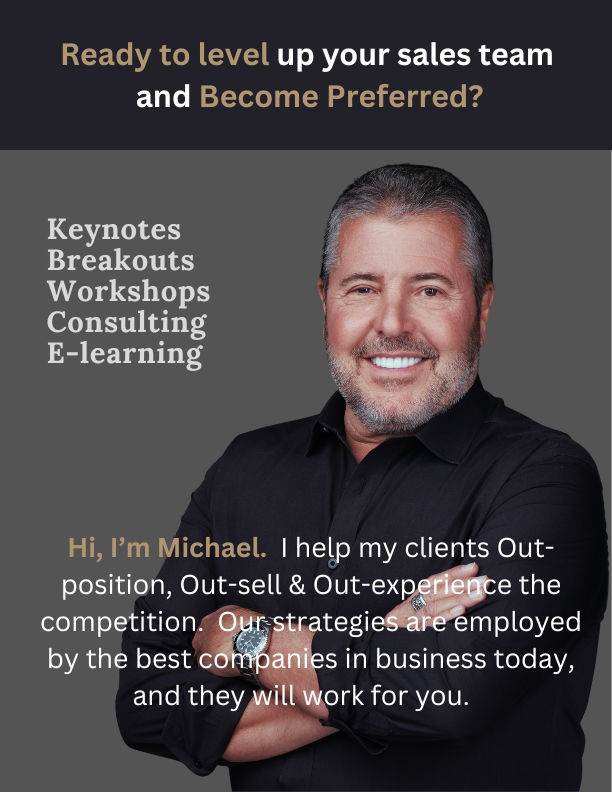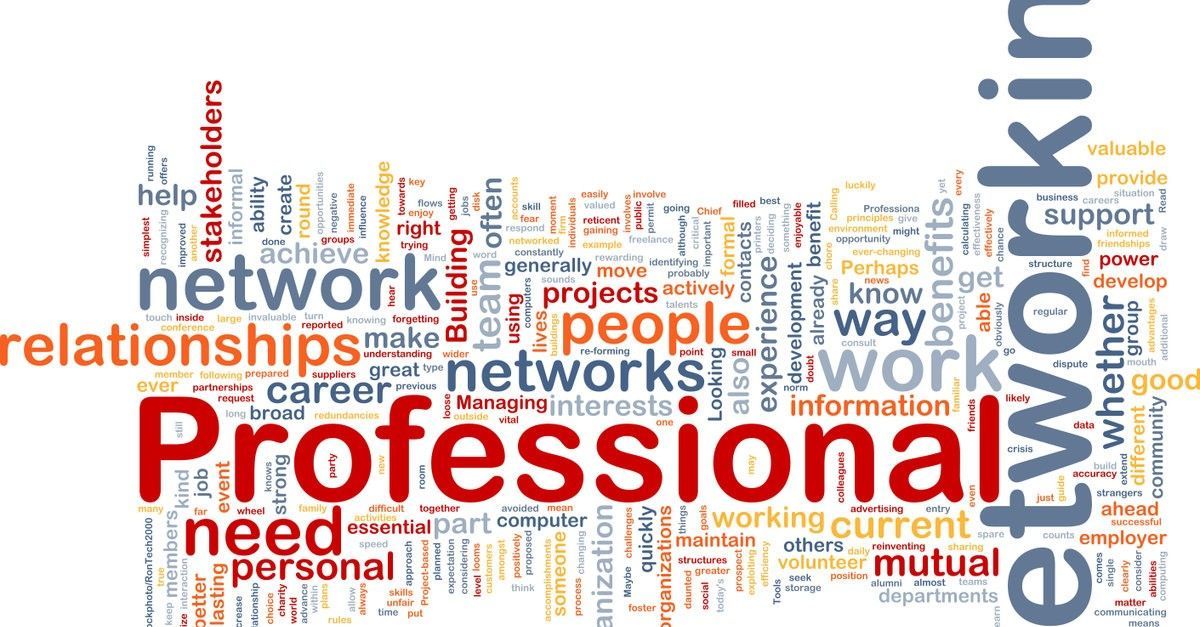
Consensus selling is a powerful strategy that can help sales professionals build strong relationships with clients and close deals more effectively.

Is consensus selling the new normal?
Consensus selling is a process where the salesperson works with all stakeholders involved in the decision-making process to reach a mutually beneficial agreement.
Consensus selling is a strategy that involves identifying all stakeholders involved in the decision-making process. In enterprise sales, this could mean working with executives, department heads, IT professionals, and other key decision-makers. It is important to understand the role each stakeholder plays in the purchasing process and how they are impacted by the product or service being offered.
Consensus selling requires a customized approach for each stakeholder. Each individual may have different needs, pain points, and priorities. By understanding each stakeholder's perspective, the salesperson can create a tailored solution that meets their specific needs.
The Importance of Consensus Selling in Enterprise Sales
In enterprise sales, decisions are rarely made by one person. Instead, it is a group effort involving multiple stakeholders in the decision-making process. Consensus selling is crucial in this environment as it ensures that all stakeholders are heard and their needs are addressed. Consensus selling can also help build trust and rapport with clients. By involving all stakeholders in the decision-making process, the salesperson shows that they value their input and are committed to finding a solution that works for everyone. This can lead to long-term relationships and repeat business. Furthermore, consensus selling can help avoid delays and roadblocks in the sales process. When all stakeholders are on board with the solution, it is easier to move forward with the sale and avoid any last-minute objections.
Identify All Stakeholders in the Decision-Making Process
Identifying all stakeholders involved in the decision-making process can be a challenging task. It requires research, networking, and communication with the client. One way to identify stakeholders is to ask the client directly. They may be able to provide a list of individuals who are involved in the purchasing process. It is important to ask for their role in the process and how they are impacted by the solution being offered. Another way to identify stakeholders is to research the company's organizational structure. This can provide insight into who the decision-makers are and how they are connected to other stakeholders. Networking with industry professionals can also provide valuable information on who to connect with.
Building Relationships with Key Decision-Makers
Once all stakeholders have been identified, it is important to build relationships with key decision-makers. This can be done through networking, social media, and other communication channels. It is important to understand each decision-makers communication style and preferences. Some prefer face-to-face meetings, while others prefer email or phone calls. By adapting to their preferred communication style, the salesperson can build a stronger relationship and increase the chances of success. Building relationships also involves understanding each decision-makers needs and priorities. The salesperson can tailor their solution to meet their needs by understanding what is important to them.
Crafting a Consensus Selling Message
Crafting a consensus selling message involves understanding each stakeholder's pain points and priorities. The salesperson should be able to articulate how their solution addresses each stakeholder's needs and provides value to the organization as a whole. The message should also be tailored to each stakeholder's communication style. It should be clear, concise, and easy to understand.
Overcoming Objections with Consensus Selling
Objections are a common part of the sales process. Consensus selling can help overcome objections by involving all stakeholders in the decision-making process. By addressing each stakeholder's concerns and priorities, the salesperson can build a consensus around the solution being offered. It is important to address objections early in the sales process. This can help avoid delays and ensure all stakeholders are on board with the solution. The salesperson should also be prepared to provide evidence and data to support their solution.
Examples of Successful Consensus Selling
One example of successful consensus selling is the implementation of a new software system in a large organization. The salesperson worked with executives, department heads, and IT professionals to identify their pain points and priorities. They crafted a customized solution that addressed each stakeholder's needs and provided value to the organization. Another example is the sale of a new medical device to a hospital. The salesperson worked with doctors, nurses, and hospital administrators to understand their needs and concerns. They crafted a solution that addressed each stakeholder's priorities and provided value to the hospital.
Training and Resources for Consensus Selling
There are training and resources available for sales professionals looking to implement consensus selling. These include online courses, webinars, and workshops. Choosing a training program that aligns with your specific needs and goals is essential. Some key resources for consensus selling include customer relationship management software, sales enablement tools, and communication platforms. These tools can help sales professionals manage relationships, track progress, and communicate with clients more effectively.
Conclusion
Consensus selling is a powerful strategy that can help sales professionals build strong relationships with clients and close deals more effectively. By understanding each stakeholder's needs and priorities, crafting a customized solution, and involving all stakeholders in the decision-making process, sales professionals can increase their chances of success in enterprise sales. With the right training and resources, consensus selling can become a valuable tool in any sales professional's arsenal.



